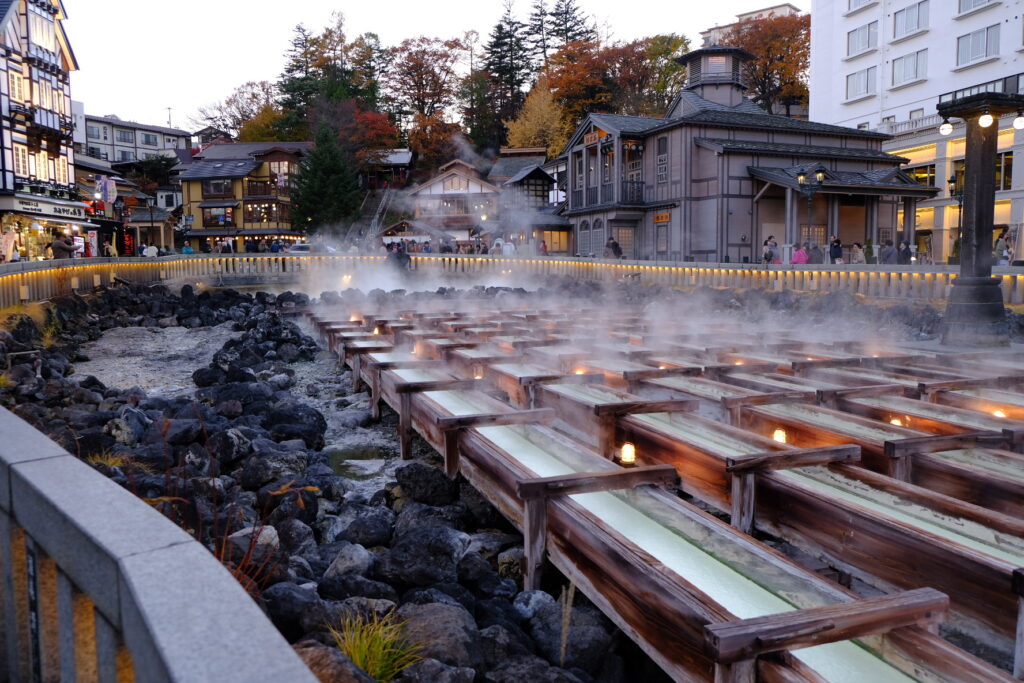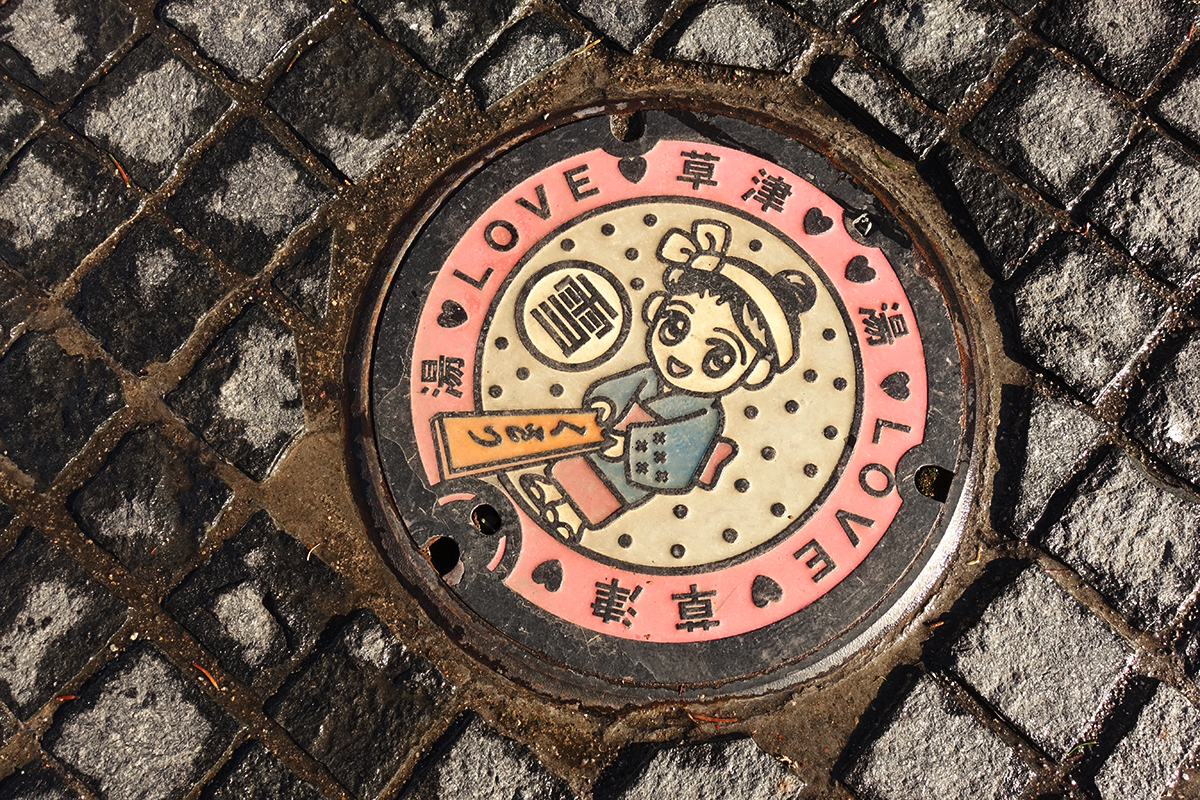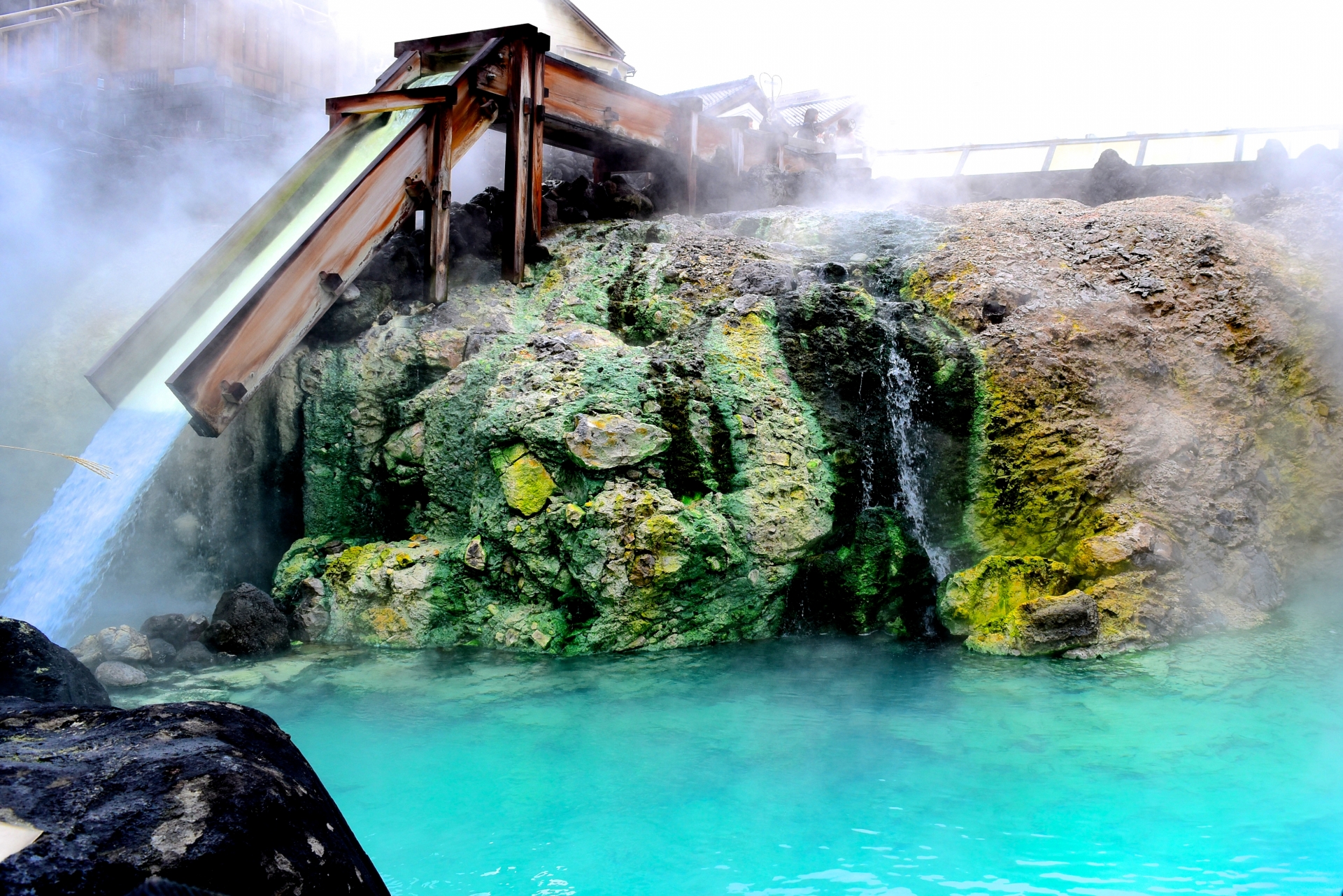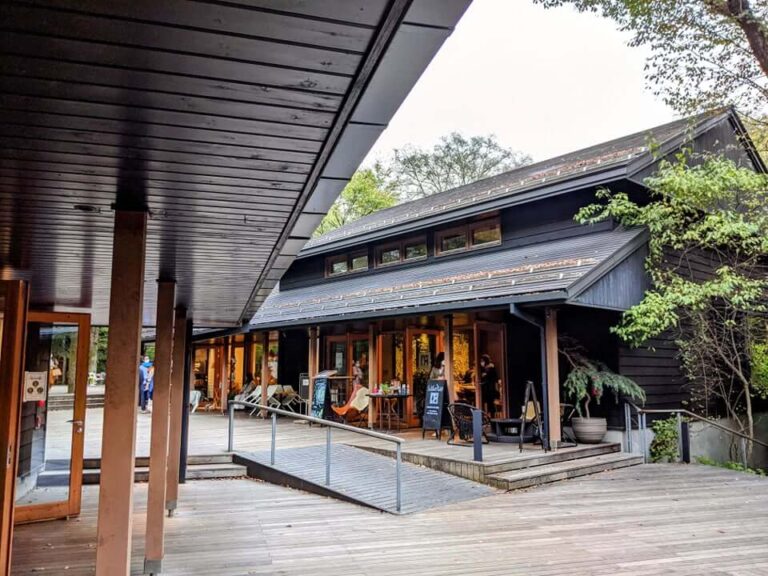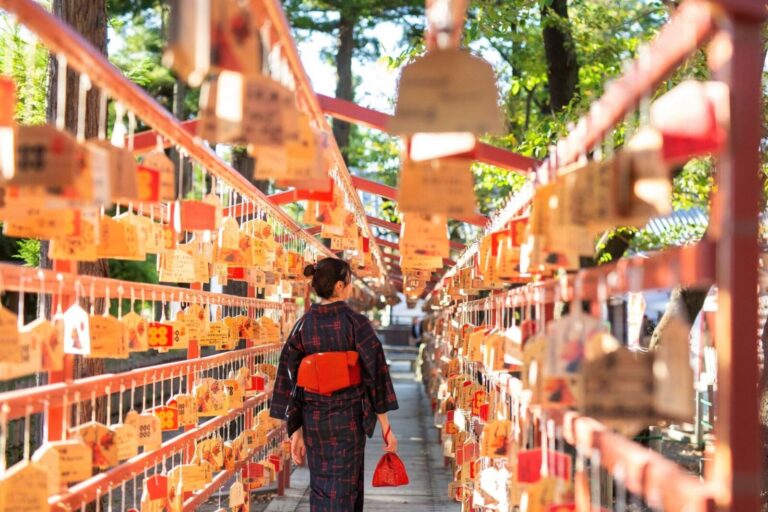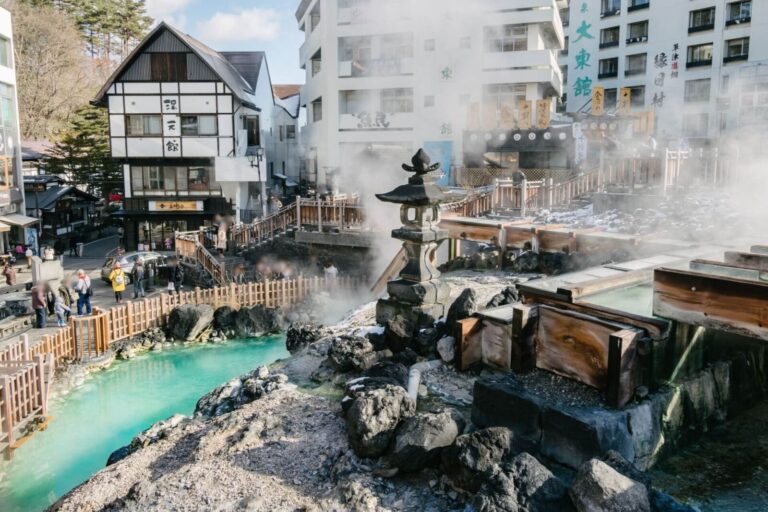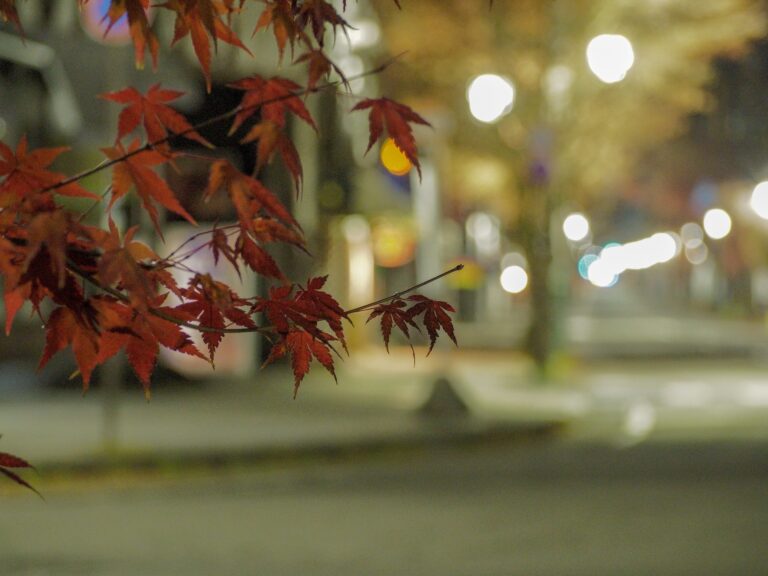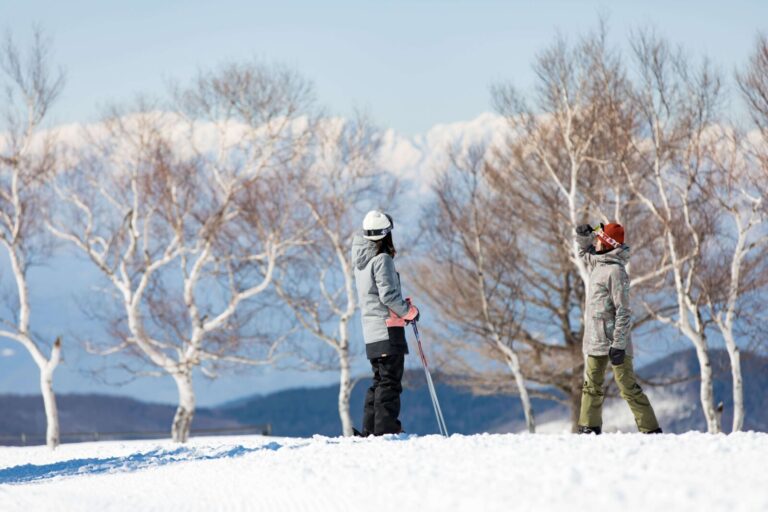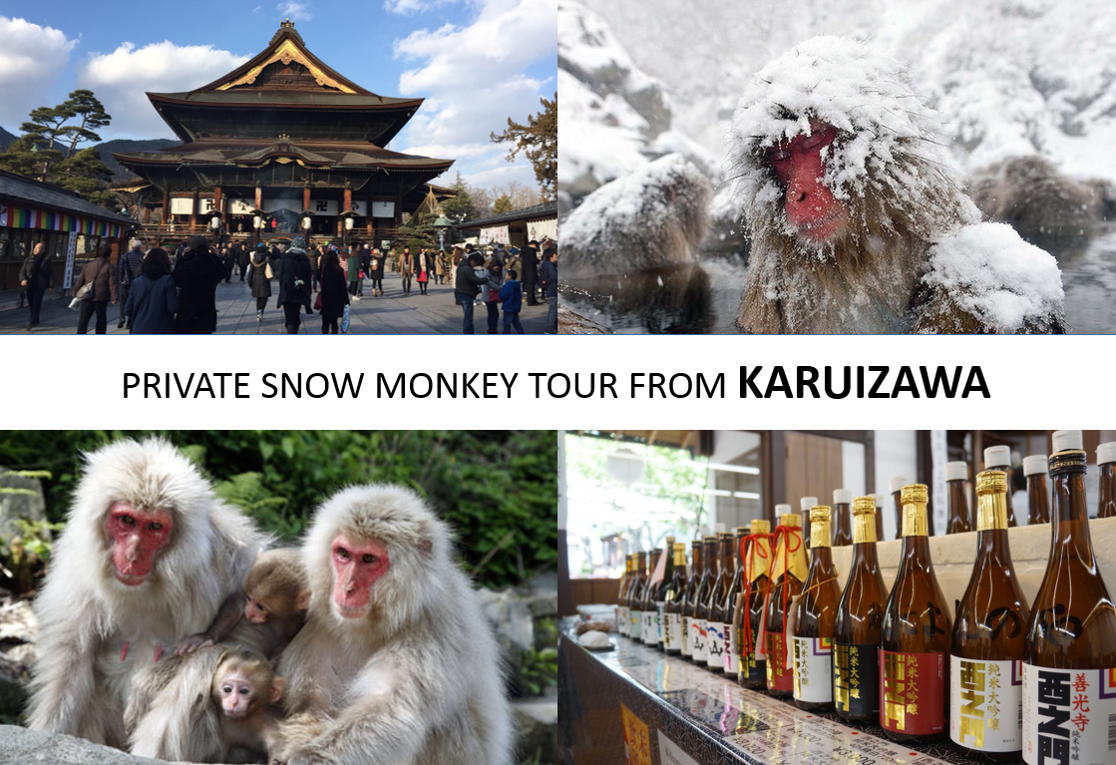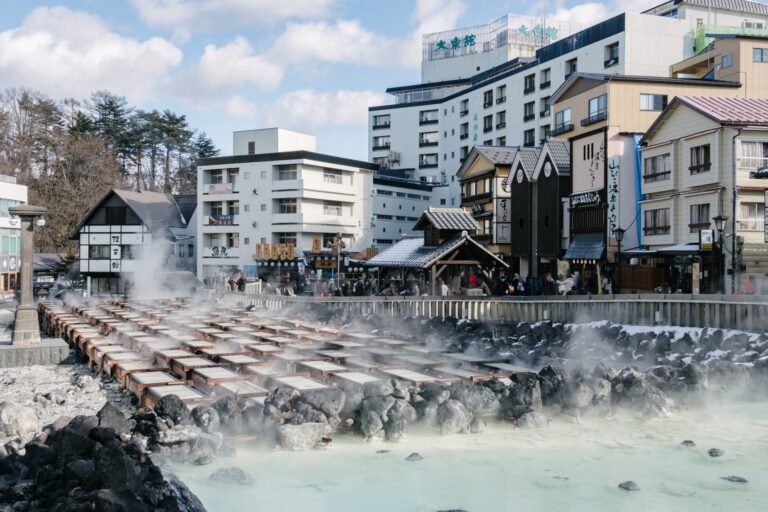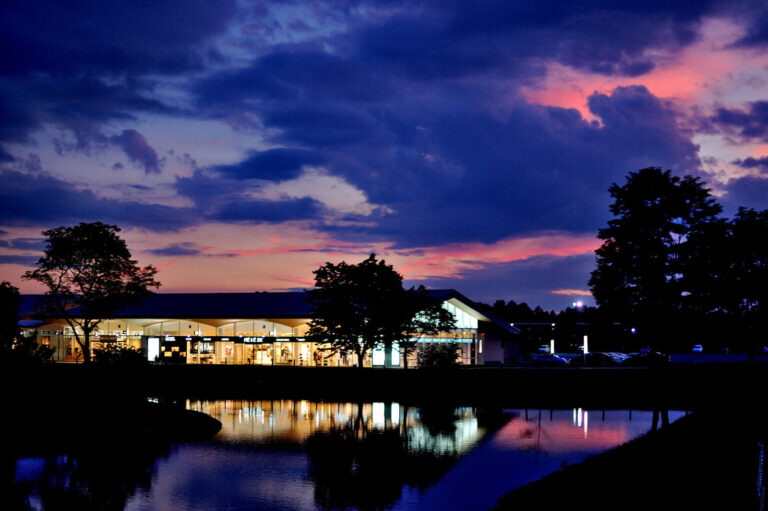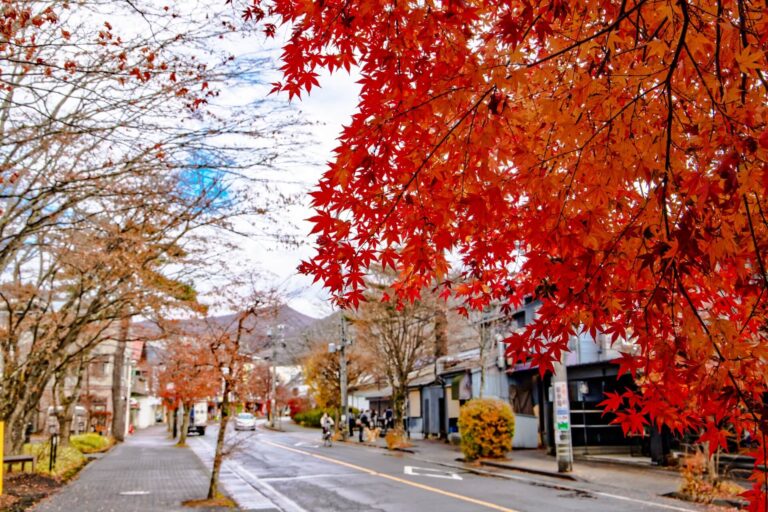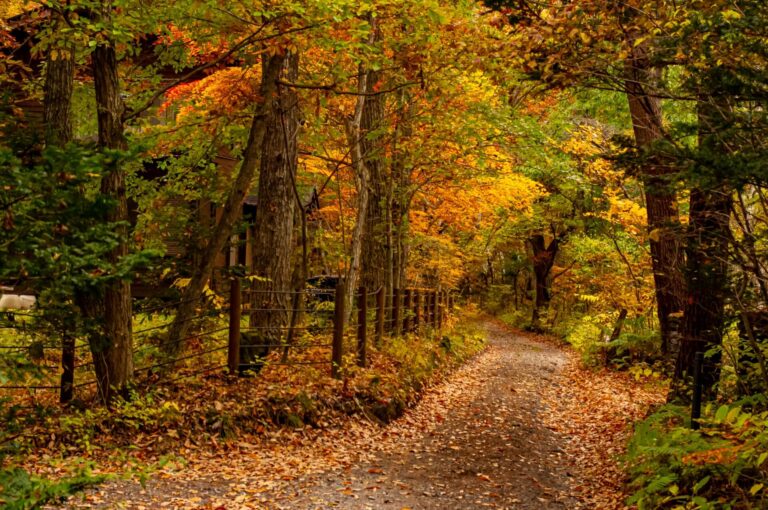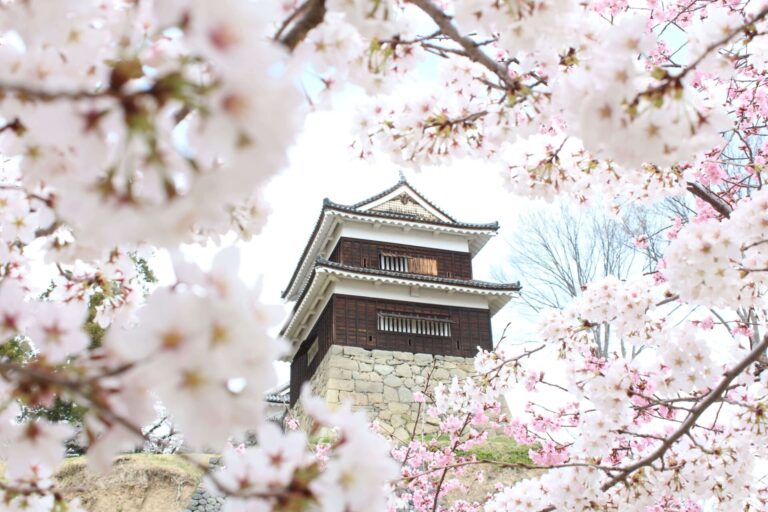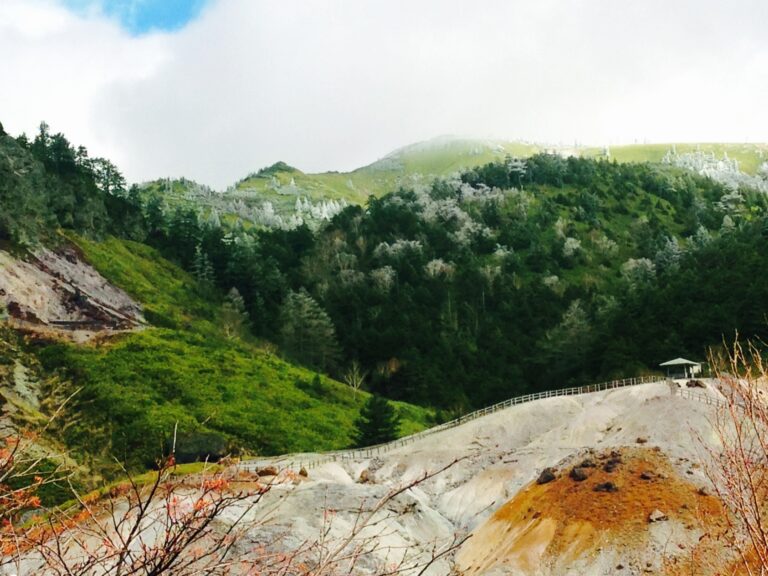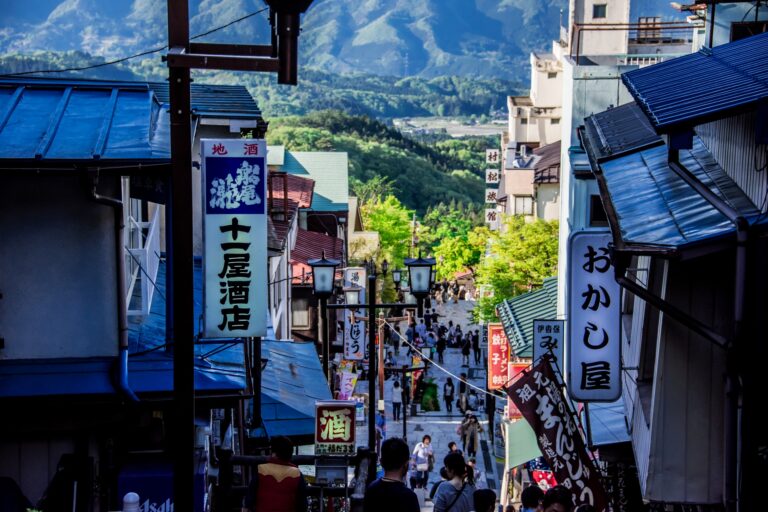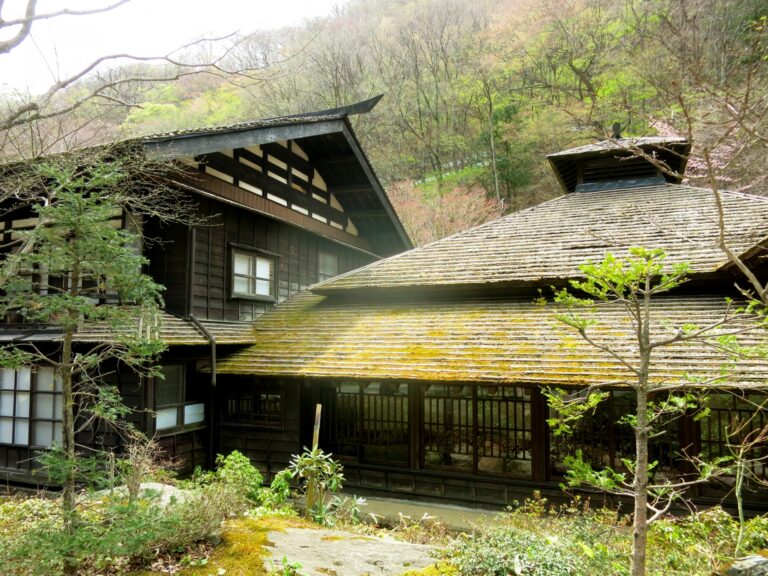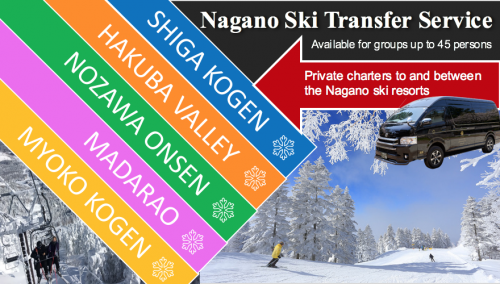Kusatsu Onsen
Famous throughout for its abundant volcanic water and dramatic setting, Kusatsu Onsen is often cited as one of Japan’s most famous hot spring towns. It is also grouped with Minakami, Ikaho and Shima as the four famous onsen towns of Gunma Prefecture. Kusatsu is centred around its iconic ‘yubatake’, an immense open-air ‘hot water field’ over which the thermal water flows in order to cool, before being used to fill the baths of the town’s many guesthouses.
— The History of Kusatsu Onsen
— The Yubatake: The Symbol of Kusatsu
— 25 Things to Do Around Kusatsu Onsen & Where to Stay
— Onsen Etiquette: Do’s and Don’ts
— Tours and Charters to Kusatsu
Set high in the Joshinetsu Kogen National Park and drawing its water from the thermal activity of nearby Mount Shirane, Kusatsu Onsen is truly unique. Though remotely isolated, Kusatsu is readily easy to reach from both Tokyo and Nagano thanks to the efficiency and speed of Japan’s shinkansen network. As a stop on the Hokuriku Shinkansen Line, Karuizawa Station is the nearest major station to Kusatsu, with frequent buses running to and from the town and station.
WHERE IS KUSATSU ONSEN?
Located just under 200KM / 3.5 hours drive from Tokyo, Kusatsu Onsen is one of Japan’s most famous hot spring towns. Best-known for its iconic ‘yubatake’ (hot water field) that feeds the hot springs of the many hotels and guesthouses found through the town, Kusatsu is the most famous of Gunma Prefectures four hot spring towns – along with Minakami Onsen, Ikaho Onsen and Shima Onsen. Kusatsu Onsen sits at 1200 metres above sea level and within the expansive Joshinetsu Kogen National Park, offering escape from the congestion of the cities and heat and humidity of summer. For international visitors using the train network, Kusatsu Onsen is easy to reach via Karuizawa Station. As a stop on the Hokuriku Shinkansen line running from Tokyo to Kanazawa, Kusatsu is only 65 to 75-minutes from the capital. Once in Karuizawa, local buses run to the centre of Kusatsu Onsen, taking around 80-minutes.
For more details on how to reach the area, see our page ‘How to Get to Kusatsu Onsen‘.
THE HISTORY OF KUSATSU ONSEN
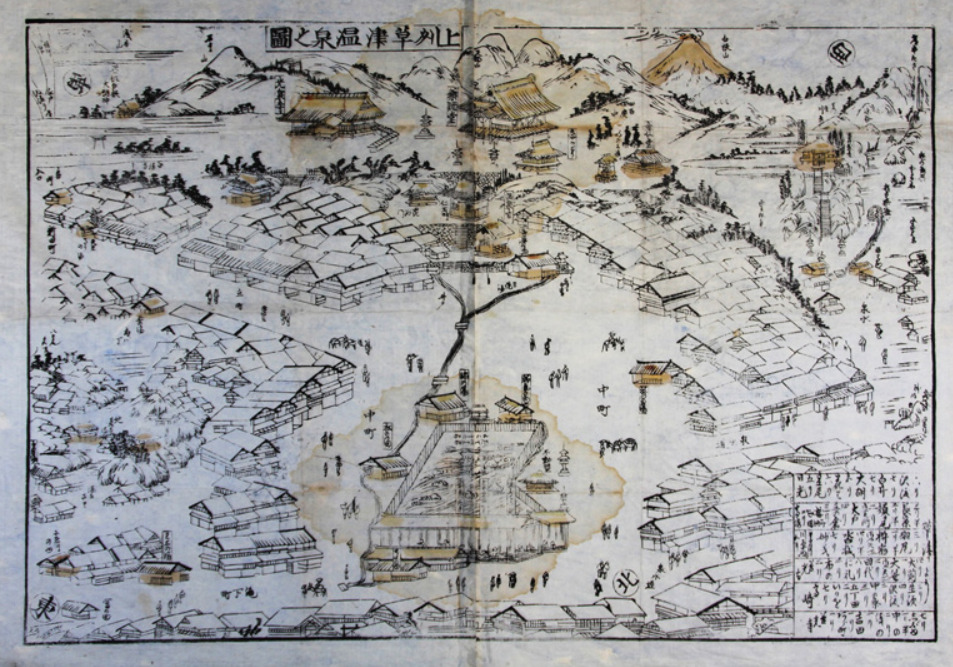
Kusatsu Onsen has an impressive history as one of Japan’s best onsen towns. The oldest record in existence that definitively points to Kusatsu is from 1472, during the warring states period of Japanese history when the onsen was often used for samurai to rest and heal their wounds after battles. However, in folklore, the founding of the town is credited to more ancient figures such as Yamato Takeru, a mythological hero supposed to have lived 1,500 years ago. Regardless of when the town was formed, it started to pick up nationwide praise around the 16th century, where it’s name suddenly appears in a large number of documents. Since that time, it has been in vogue as a spot to visit for a vacation and remains so to this day. The map above, produced in the Edo Era (1600-1868), shows the development of the town and the famous Yubatake in the central area. Indeed, rankings of onsen nationwide were published frequently throughout that era and Kusatsu was nearly always awarded top spot in East Japan.
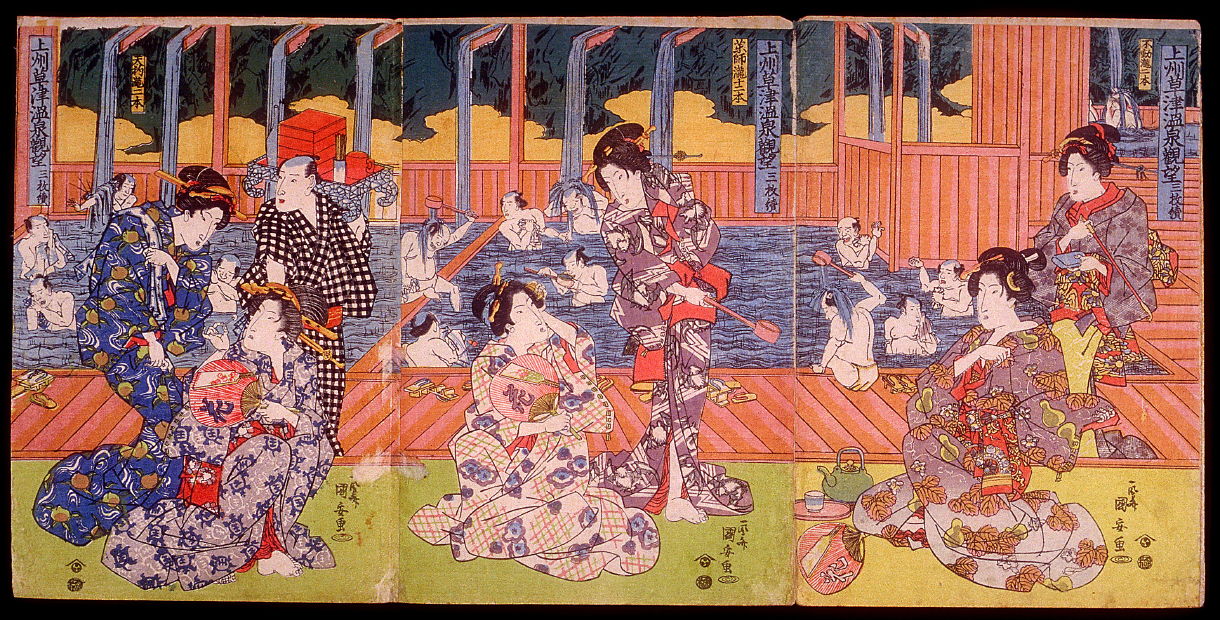
In this Ukiyo-e artwork from the time, fashionable geisha are depicted in the foreground, receiving a delivery of a meal from the man in the checkered kimono. In the back, we can see one of the hot spring baths Kusatsu is famous for and the appearance of bathers at that time. Indeed, the area was so popular that the Shoguns in Edo (now Tokyo) even had the water from the springs delivered in large containers, carried by hand over hundred of kilometers to the castle in central Edo. Into the 20th century, a number of famous actors, scientists and politicians visited Kusatsu as well, it’s popularity never waning. Today, it is as lively as ever and still remains one of the quintessential “onsen towns” of Japan.
THE YUBATAKE: THE SYMBOL OF KUSATSU
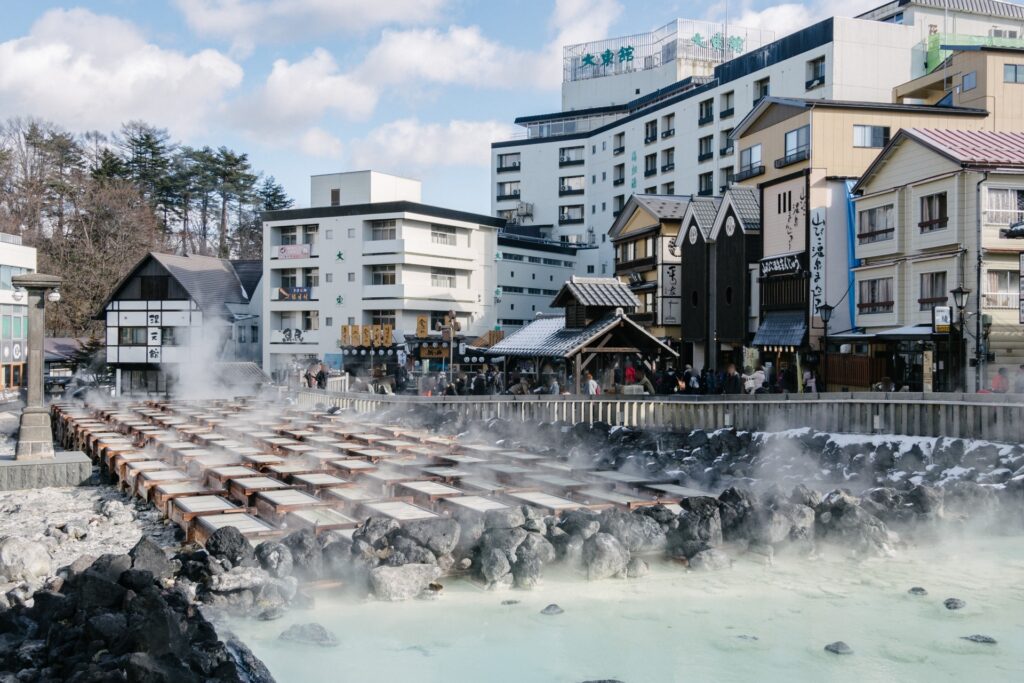
Bubbling and steaming with milky white water, the Yubatake (literally “Hot Water Field”) lies in the middle of Kusatsu and cannot be missed. Here you can see the power of nature on full display and get a sense of what is going on just under the surface of the nearby volcano, Mt. Shirane. The water comes out of the ground from here at 70 Degrees Celsius, with over 5,000 liters flowing out per minute. Once it has breached the surface, it is divided up and transported to the surrounding baths. Additionally, the minerals and dissolved substances which make the water white and give it its famed healing properties are harvested from here, dried, and then sold to be brought home and put in your own bath.
Surrounding the Yubatake are many eateries, public onsen, and gift shops, as well as the building where the famous ‘Yumomi’ Show is held. We would say that you should not miss the Yubatake when visiting Kusatsu, but we don’t think that is necessary – it is basically impossible to miss even if you aren’t looking for it!
25 THINGS TO DO AROUND KUSATSU AND WHERE TO STAY
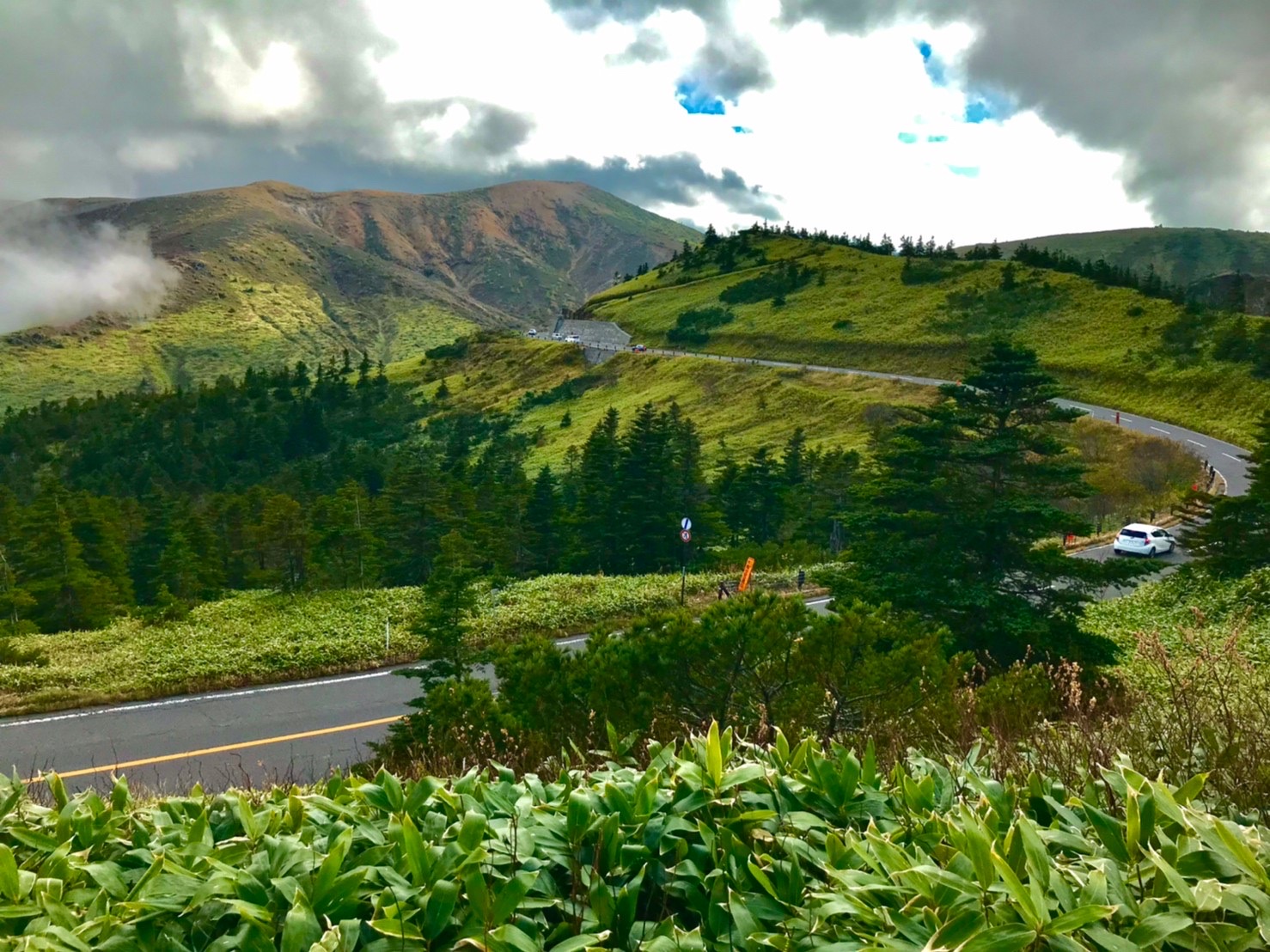
While Kusatsu is of course an onsen town, it is also located near to several national parks and areas of natural beauty, making it a great base from which to explore the broader region. And any exploration you do will be all the more enjoyable knowing that you can come back to enjoy a nice hot bath at night! While public transport is definitely usable for getting around, if possible we recommend renting a car to give yourself more freedom and enjoy the beautiful highways bringing visitors in and out of the town. For more suggestions on things to do in Kusatsu, please see our page ‘25 Things to Do Around Kusatsu Onsen & Where to Stay‘.
ONSEN ETIQUETTE: DO’S AND DON’TS
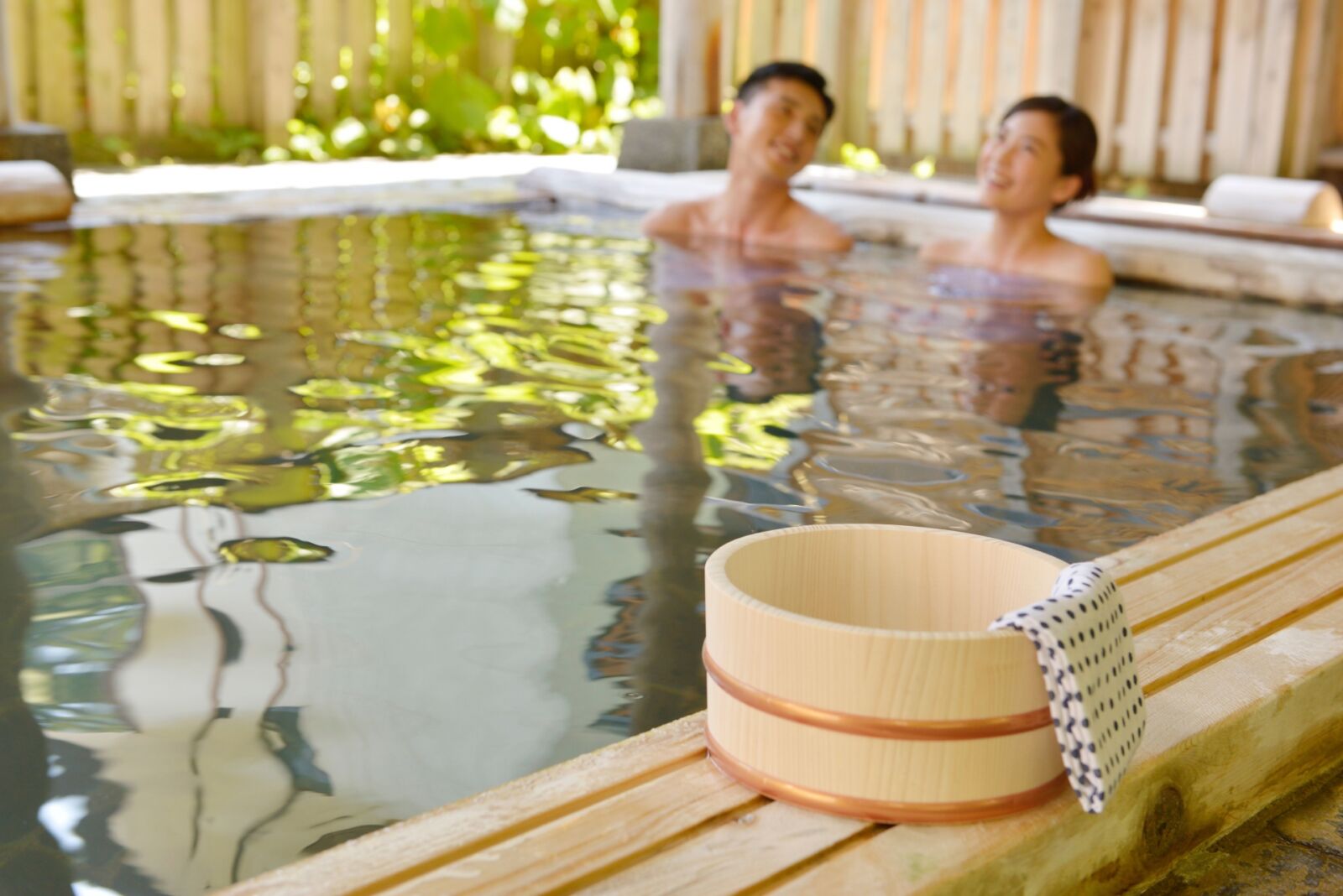
Visiting the onsen can be a little nerve racking at first – even if you aren’t bothered by getting naked, there are a number of rules that you must follow to ensure cleanliness and to make a relaxing environment for all guests. Luckily most onsen have rules written and posted on the wall, but in case the one you visit doesn’t, it pays to read up a little before you visit.
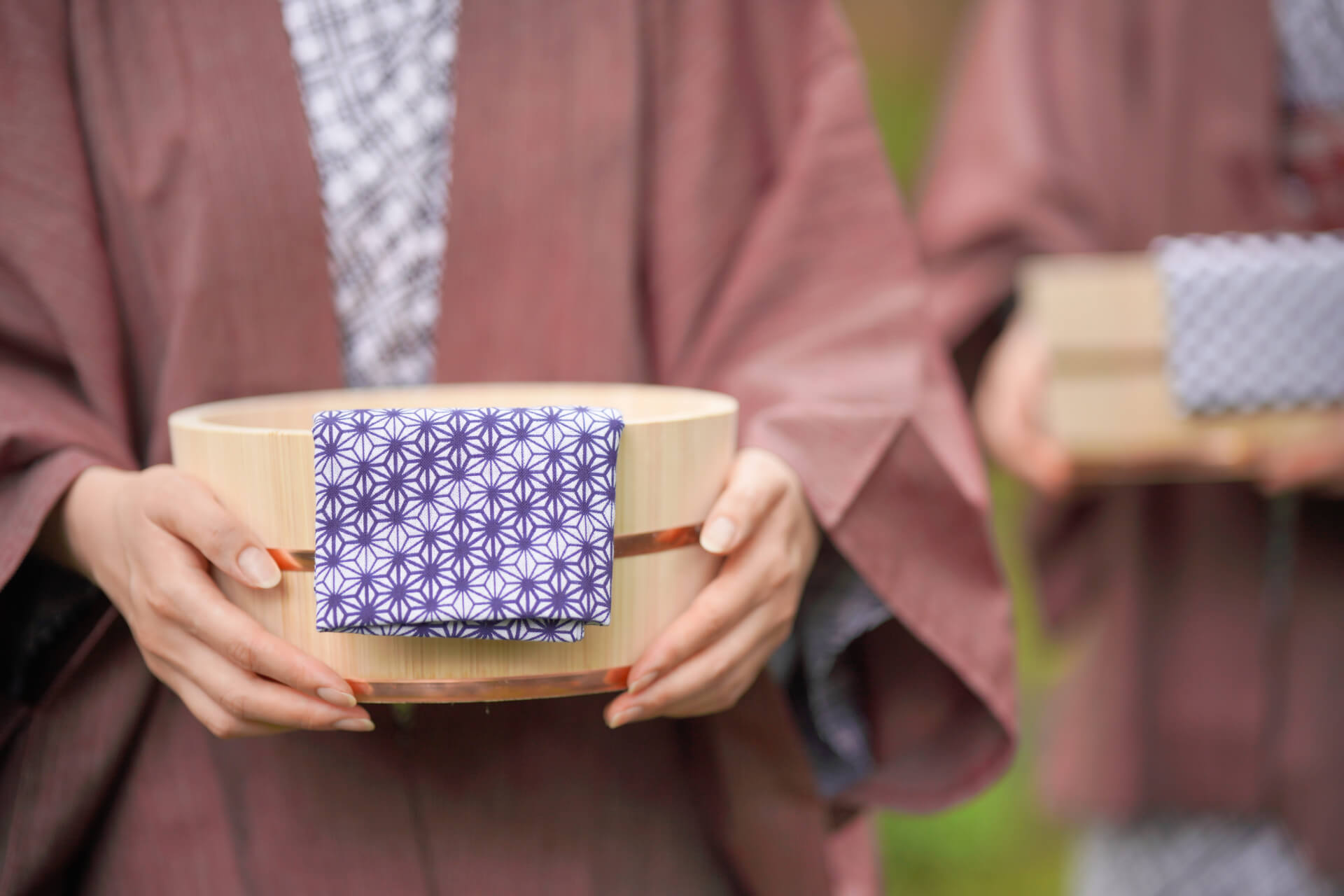
If you are to remember anything at all, it should be the following: Make sure to get completely undressed before entering the bath area, and make sure to wash off at the provided showers or water basin before entering the baths – nobody wants the sweat and dirt on your body coming off in the shared bathwater! Of course, there are a few more pieces of etiquette which it pays to remember, so if you want to be looking like a seasoned professional even from your first visit please take a look at our article on the matter, ‘Onsen Etiquette: Do’s, Don’ts & Benefits‘.
TOURS AND CHARTERS TO KUSATSU
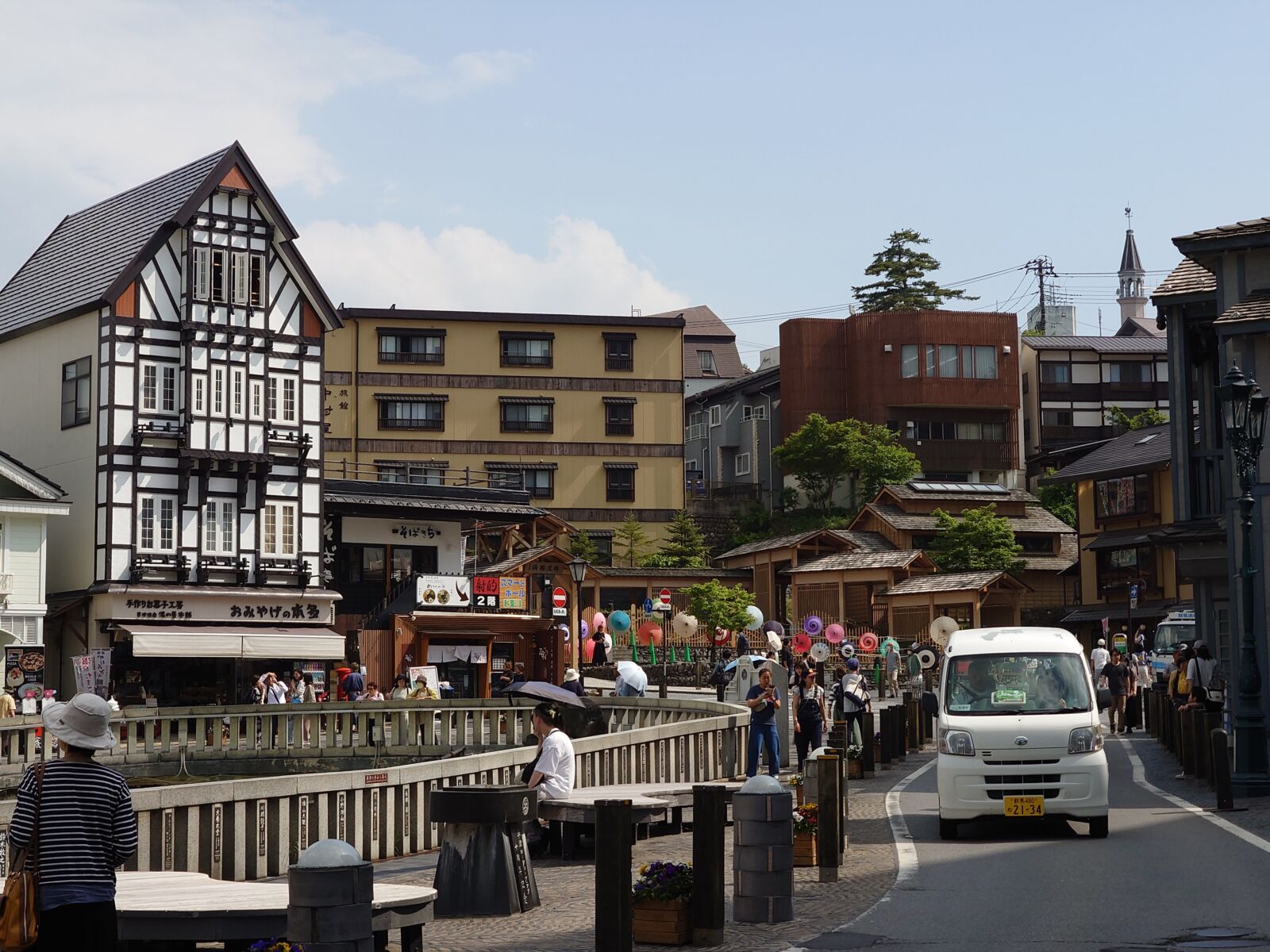
Are you convinced that visiting Kusatsu is a great idea? If so, our group tour of the area may be for you! As always, our guides are professional and friendly and our dedicated tour vehicles and drivers are safe and ready to whisk you to your destination.
1 Day Tour
| 1-Day Tour from Nagano and Karuizawa: Unwind in Kusatsu Onsen | |
|
| |
| Period | April – November |
| Time | 09:30 – 17:30 |
| Meeting Place | Nagano Station Karuizawa Station |
| Adult Rate | ¥24,800 |
| Child Rate | ¥15,500 |

Offering pick up from both Nagano Station and Karuizawa Station, this tour can be easily joined even by those coming up from Tokyo. With a stop on the way at the dry lava fields of the Onioshidashien, this tour will show you the best of Kusatsu, give you time to eat or enter an Onsen at your own discretion, and bring you to the top of Mount Shirane on one of Japan’s most scenic roads.

If all you need is a vehicle to take you, your group, and your luggage to the Kusatsu area, look no further! Our private charters provide door-to-door service from a location of your choice, to anywhere you want to go in and around Kusatsu! For more information on pricing and availability, please contact us HERE.



